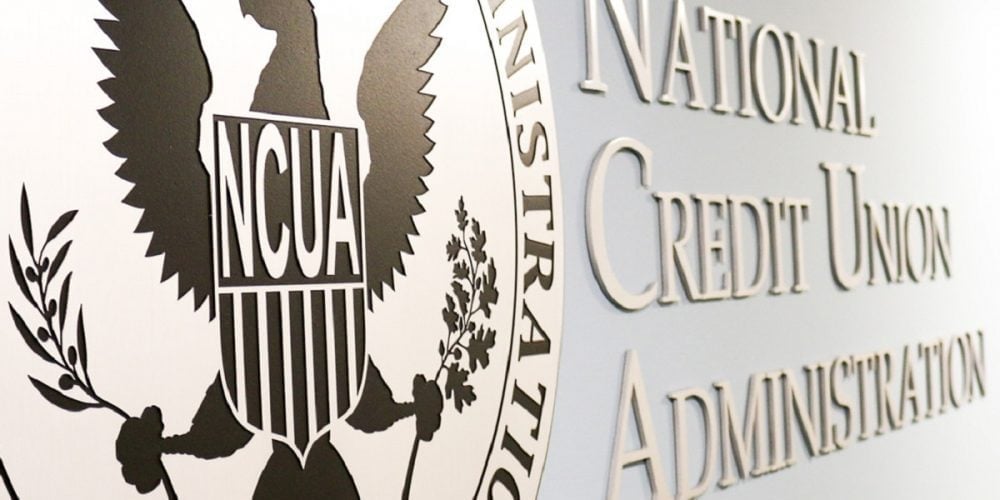As a full-time-working, sort-of-single mom, my biggest challenge is scarcity of time, so I appreciate anything that adds convenience to my life. While my increasing number of local-only, farm fresh, Whole30 friends might judge me, this need for convenience means sometimes I do things like just order pizza for dinner.
I am not alone in my willingness to compromise other values to save time and chase convenience: A 2017 Lux Research report on emerging food business models found that consumers will pay up to 11 percent more to skip the burden of making dinner or going out to pick up food. As a result, online grocery shopping and restaurant delivery options like GrubHub are growing exponentially.
Consumers increasingly expect organizations to solve their problems, giving them exactly what they want-- when and how they want it-- in every area of life. Organizations that understand and meet this demand beat the competition. Credit unions get this: In the dozens of strategic planning sessions I facilitate each year, meeting evolving consumer expectations consistently emerges as a critical area of strategic focus.
Few case studies demonstrate excellence in this area better than that of Domino’s Pizza, which edged out Pizza Hut as #1 in their market for the first time ever last year. Technology innovations from Domino’s allow people to request and receive pizza in the most convenient way they choose. For example, hungry beach-goers can use an app to have pizza delivered to a hot spot at the shore (even when there is no official address). According to the Detroit Free Press, this mobile strategy is winning over consumers. Last year, 60% of Domino’s business came from digital channels and CEO Patrick Doyle even makes a claim I have heard some version of in the credit union space: We are a tech company that sells pizza.
For credit unions watching this tech leader edge out the traditional market giant, this case study might pile on to an already overwhelming sense of urgency to boost digital offerings. Before jumping all in to a digital-first, tech-before-everything strategy, consider this other case: In 1994, Pizza Hut introduced PizzaNet and completed what they thought was the first-ever online sale (across all industries everywhere). The press release announcing the technology had to describe how the Internet worked and local media called the tactic “half-baked.” This early foray into innovation did not secure long-term tech success. Today Pizza Hut lags behind Domino’s innovative offerings.
While I have not had the opportunity to look behind the scenes into either organization’s business model, I believe the reason they have experienced different levels of success has to do with each organization’s reason for pursuing tech innovation.
Pizza Hut announced PizzaNet as a marketing scheme, introducing new technology for the sake of having new technology, rather than to fill consumers’ needs. People did not understand why they would (nor did most have the ability to) use a computer to order pizza. At the time, consumers were confused by the idea of online pizza ordering and did not see how PizzaNet would help make life easier. By contrast, Domino’s has consistently used relevant technology to solve specific consumer problems, rather than as an end itself.
Here’s why this matters as credit unions race to build and deploy state-of-the-art technology: Consumers do not want technology; they want convenience. Technology is one tool that can deliver this, but home-grown technology is not the only way to solve consumers’ problems. For credit unions limited in resources, creating proprietary technology might be out-of-reach. Instead, credit unions can use their financial know-how and deep understanding of member needs to connect members to appropriate, existing apps, adding convenience to members and further cultivating the trusted partner role at which so many credit unions excel.
If you feel yourself resisting this idea because you want to maintain exclusive access to your members’ accounts: It’s too late.
An executive from Plaid (a start-up that connects financial institutions and apps) recently shared that consumers connect an average of 15.6 different apps to their financial accounts without you having any role in it. This includes those you might expect (automatic payments for utilities), as well as some that might surprise you (Venmo or Robinhood).
In other words, while your credit union has been stressing about building the next great tech innovation, your members have already adopted their own suite of financial services tools right on their phones, using your credit union as a platform. Take advantage of this by allowing innovators at start-ups singularly focused on developing one great app for one specific purpose to build the right tools for your members. Then, use your role as an expert in financial services and a strong partner for your members to teach them how to leverage these apps to save time and gain greater control over their finances.
This approach does not position the credit union as a tech company, but it does prove it to be a trusted financial partner. For members who care less about their credit union winning an industry innovation prize and more about how their credit union benefits them personally, this matters. Credit unions that focus first on how to solve members problems-- regardless of the tool-- will continue to own the relationship and remain relevant.








